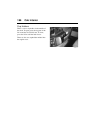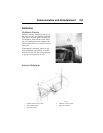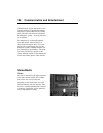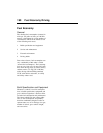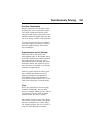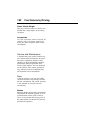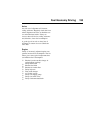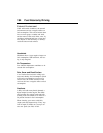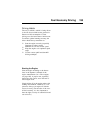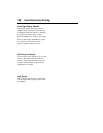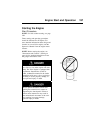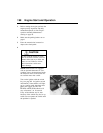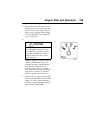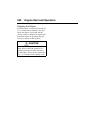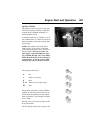
194 Fuel Economy Driving
External Environment
Under unfavorable conditions, the external
environment can have a negative effect on
fuel consumption. This can be broken down
into two main groups: weather and wind;
and the nature of the roads. Rain, snow, icy
conditions and headwinds have a large neg-
ative impact on fuel economy, as do hilly
roads and uneven road surfaces.
Headwinds
Headwinds have a large negative impact on
fuel consumption. With tailwinds, fuel sav-
ing is only marginal.
Air Temperature
Low ambient temperature contributes to in-
creased fuel consumption.
Rain, Snow and Road Surface
A wet road surface increases rolling resis-
tance and, thereby, fuel consumption. Slush
will increase consumption even more. In
certain cases, the surface structure of the
road can also have a negative effect on fuel
consumption.
Gradients
A hilly road with many bends demands a
higher output from the engine. The differ-
ence between flat, straight roads and hilly,
winding roads can amount to as much as a
50 percent increase in fuel consumption.
When choosing your route, avoid hills,
rough roads and frequent stops. Every stop
from 45 mph (70 km/h) can cost up to an
extra one quart (one liter) of fuel.



